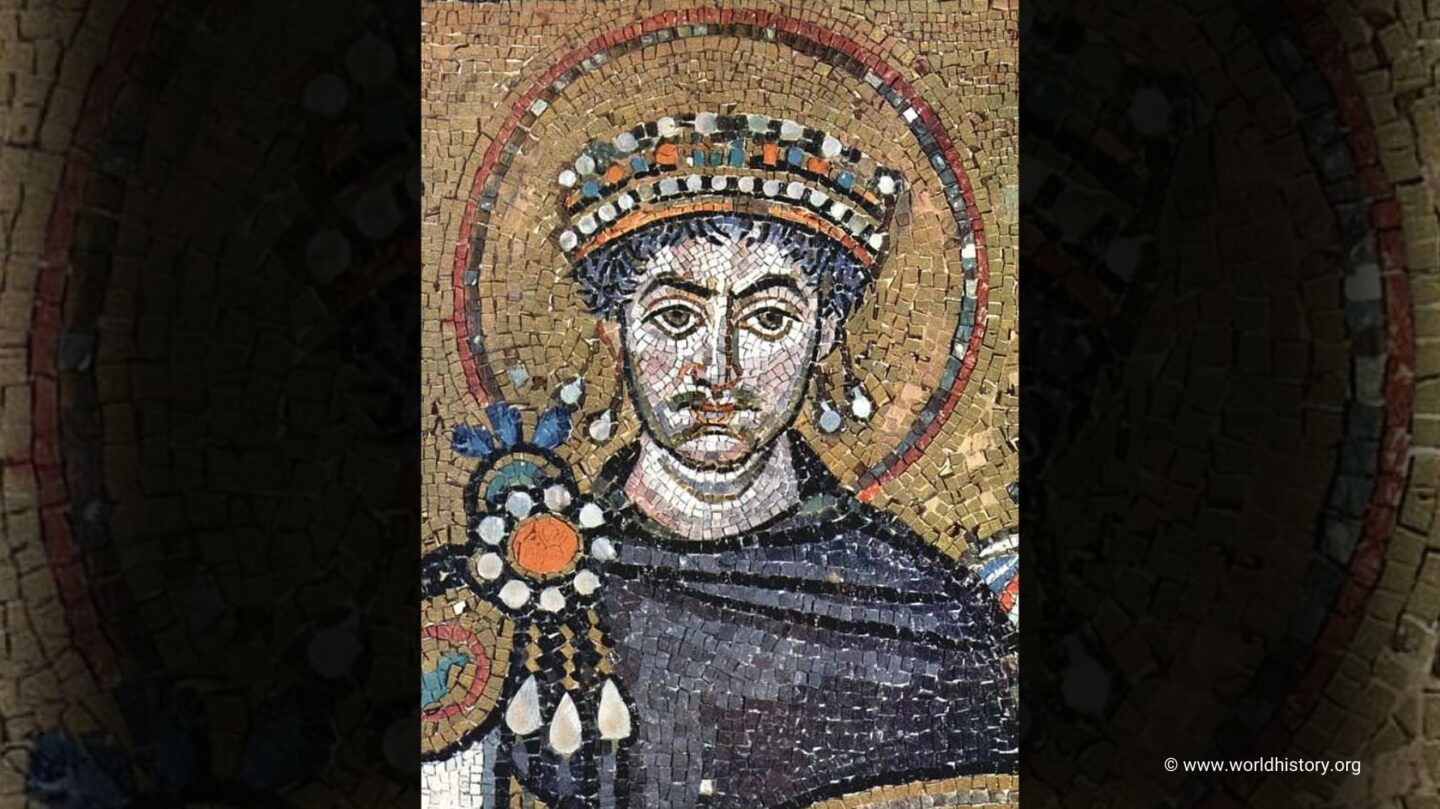The Eastern Roman Empire: A New Chapter for Rome
When the Western Roman Empire fell in 476 CE, its eastern counterpart, known as the Byzantine Empire, continued to flourish for nearly a thousand years. Centered in Constantinople (modern-day Istanbul), the Byzantine Empire served as a bridge between antiquity and the medieval world, preserving and adapting the cultural, intellectual, and political heritage of Rome.
Unlike the fragmented West, Byzantium retained a centralized government, a powerful military, and a vibrant economy, allowing it to maintain stability and influence. This continuity ensured that much of Roman knowledge, law, and traditions were not only preserved but also developed further.
Roman Law and Governance
One of the Byzantine Empire’s most significant contributions to the legacy of Rome was its preservation and codification of Roman law. Emperor Justinian I, who ruled from 527 to 565 CE, commissioned the Corpus Juris Civilis (Body of Civil Law), also known as Justinian’s Code. This monumental work organized centuries of Roman legal texts into a coherent system, providing a foundation for modern legal systems in Europe and beyond.
Justinian’s Code preserved the principles of Roman justice, such as the rule of law and the protection of private property. It became a cornerstone of Byzantine governance and influenced later European legal traditions, particularly during the Renaissance and the development of civil law in the modern era.
Art and Architecture: A Blend of Roman and Byzantine Innovation
The Byzantine Empire also carried forward Rome’s architectural and artistic achievements, adding its unique style and innovations. Constantinople became a showcase of Roman engineering combined with Byzantine creativity. The Hagia Sophia, built during Justinian’s reign, exemplifies this fusion. Its massive dome, supported by innovative engineering techniques, became a symbol of Byzantine architectural brilliance and inspired church designs for centuries.
Byzantine art preserved and advanced Roman techniques, including mosaics, frescoes, and sculptures. Religious themes dominated, reflecting the empire’s Christian identity, but the influence of Roman realism and classical proportions remained evident. These artistic achievements kept Roman cultural traditions alive while contributing to the development of medieval and Renaissance art.
Scholarship and the Preservation of Classical Knowledge
Byzantium was instrumental in safeguarding the intellectual heritage of the ancient world. During periods of chaos and decline in the West, Byzantine scholars preserved Greek and Roman texts, including the works of Plato, Aristotle, and Homer. Monasteries and libraries across the empire became repositories for manuscripts, ensuring their survival through the Middle Ages.
This scholarly tradition laid the groundwork for the Renaissance. When Constantinople fell to the Ottoman Empire in 1453, many Byzantine scholars fled to Western Europe, bringing with them ancient texts and knowledge that reignited interest in classical learning.
Christianity: A Unifying Force
The Byzantine Empire played a crucial role in shaping the Christian legacy of Rome. As the center of the Eastern Orthodox Church, Constantinople became a hub for theological debate, religious art, and missionary efforts. The Byzantine Church maintained many Roman religious traditions while developing its own liturgical practices and doctrines.
The empire also spread Christianity to Eastern Europe and Russia, ensuring that the faith and its Roman roots endured even after Byzantium’s fall.
The Byzantine Legacy Lives On
The Byzantine Empire’s efforts to preserve and expand upon Rome’s legacy had a lasting impact on Western civilization. Its contributions to law, architecture, art, and scholarship shaped the medieval world and provided the foundations for the Renaissance and the modern era.
Byzantium was not merely the heir to Rome—it was an innovator and transmitter of its traditions, ensuring that the spirit of Rome survived long after the empire’s borders disappeared. Today, its legacy can be seen in the legal systems, religious practices, and cultural achievements of the modern world.
